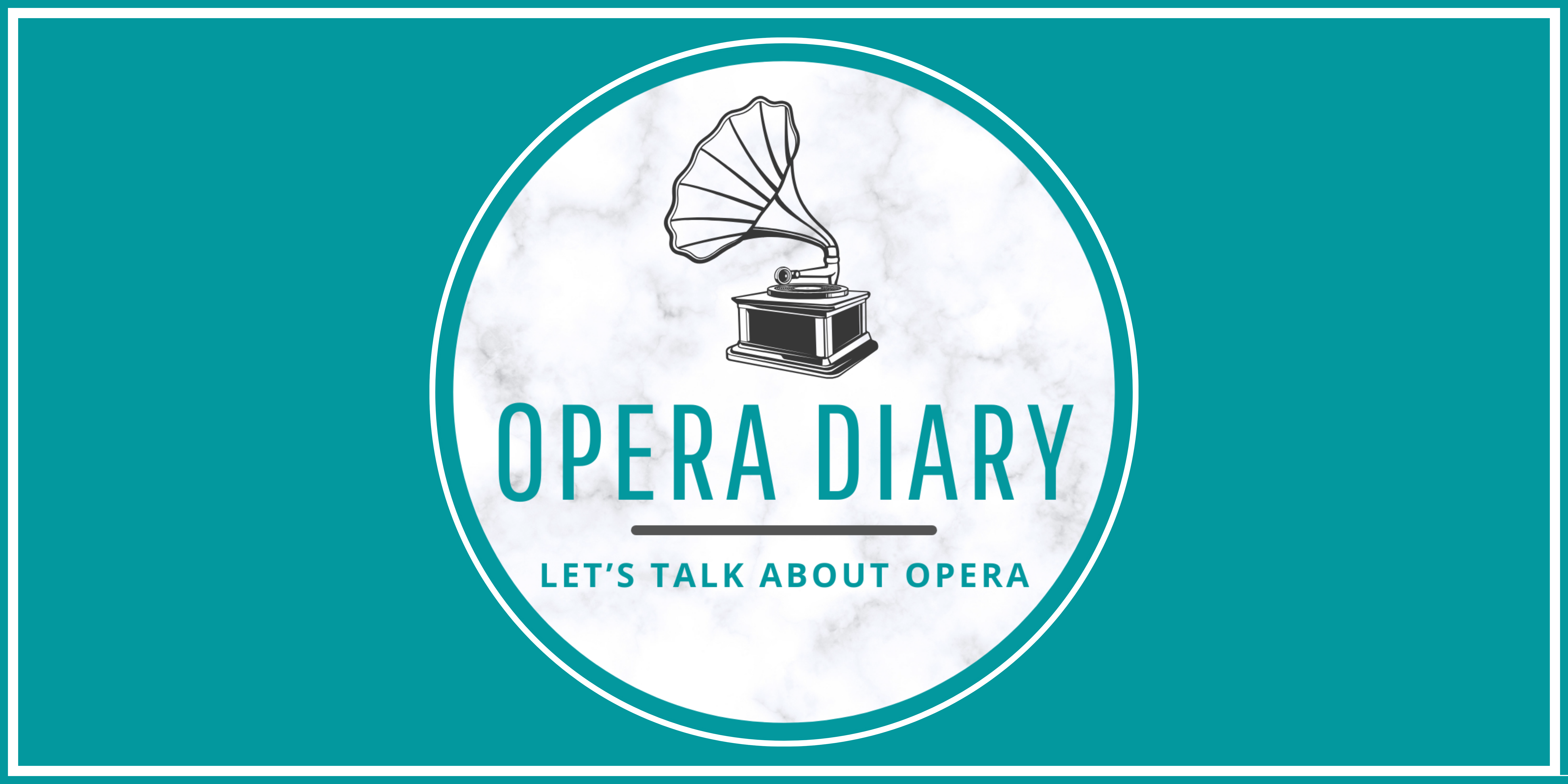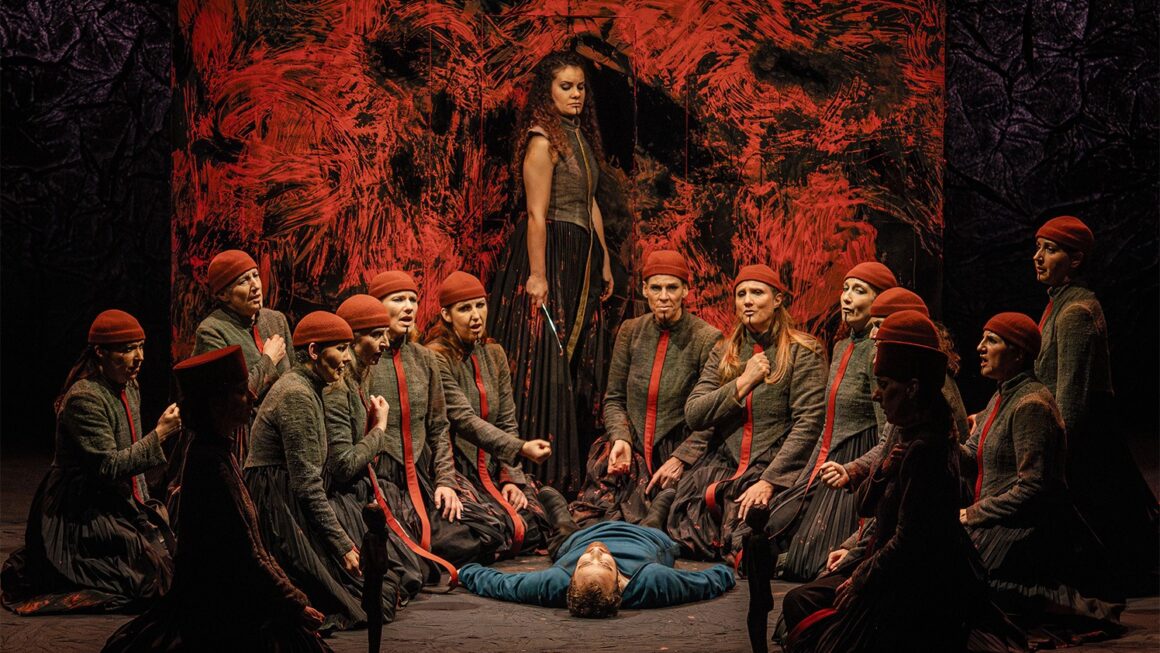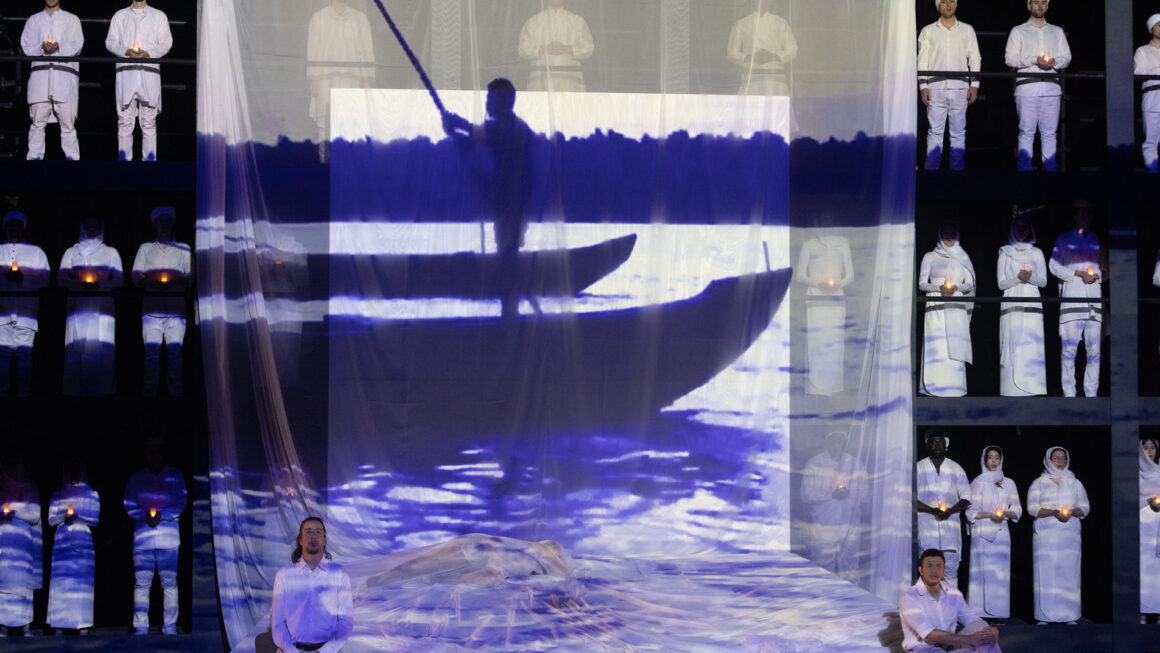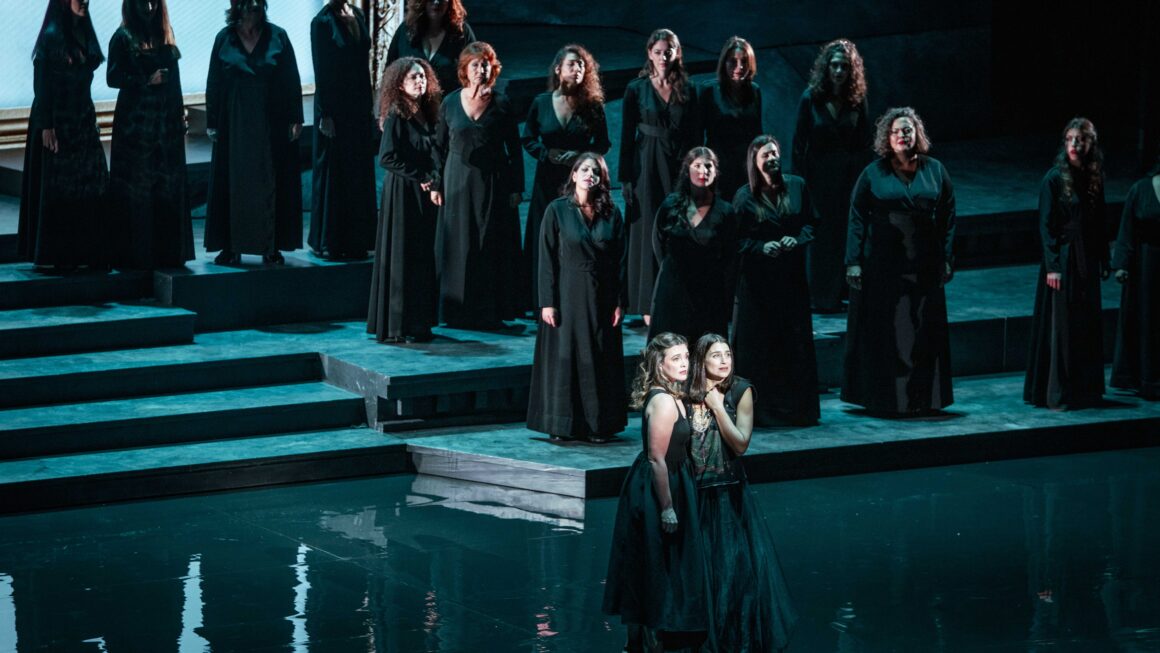It is one of the leading events events of this operatic season: the tout Paris musical world speaks of little else. And with good reason: beyond the rarity of the work on European stages, the production brings together a director long lauded by the critics, conducting of the most exquisite refinement, and a cast of striking promise, uniting young talents destined for a brilliant future. Save for a few reservations regarding certain aesthetic and musical choices, we are of the same opinion: this Iphigénie en Tauride has every quality to command the highest attention.
Let us begin with those aspects that may provoke debate: Wajdi Mouawad conceives a staging in which the violence, so palpable in the reading of the libretto, is only slightly attenuated. It is an aesthetically sophisticated realisation, contributing to the construction of the universe in which the drama unfolds (according to Charlotte Farcet’s dramaturgical vision). Yet certain propositions leave us perplexed, such as the prolonged full nudity of Orestes: is not his profound anguish, his disarray, embodied in arias such as Dieux! avides de sang, tonnez, écrasez-moi, already sufficiently manifest in the text and in the singing?
Musically, the tempo is at times sufficiently brisk that the intelligibility of the text is not rendered with perfect clarity, and the delicacy of moments of pure lyricism is somewhat diminished. The advantage, however, lies in the opportunity to highlight, through the captivating execution of Ensemble Le Consort under the direction of Louis Langrée, the beauty of those passages in which the composer imposes an orchestral slowing, enabling the singers to deliver performances of the highest calibre.
Because it is precisely in the incarnations of Tamara Bounazou, Theo Hoffman, Philippe Talbot and Jean-Fernand Setti that we find a most delectable pleasure. In the title role, the Franco-Algerian soprano achieves vocal marvels, unfolding a palette of colours and finely wrought textures commensurate with the grandeur of the character, and foreshadowing future assumptions of roles permitted only by so well-constructed a lyrical voice. The interpreter of Orestes offers an unwavering commitment, while maintaining a clarity of utterance and emotion that ensures a truly tragic embodiment of Agamemnon and Clytemnestra’s son.
Between the two wells of energy and power that are Iphigénie and Orestes, Philippe Talbot’s reading endows Pylades with a measure of sensitivity and gentleness that restores balance to the stage. In the guise of Thoas, Jean-Fernand Setti reclaims the place befitting his valiant resources, which dominate both hall and orchestra. The intervention of Léontine Maridat-Zimmerlin allows the scene to blossom with a voice ample and finely projected, perfectly suited to the incarnation of Diana. The performances of Lysandre Châlon and Fanny Soyer, together with that of the choir Les Éléments, serve to adorn this fine stage with radiant voices.
In the end, whether we are more or less favourable to the choices made, we observe with enthusiasm that the conditions were indeed in place to celebrate Gluck’s work. This also demonstrates the intellectual acuity of the production, in which questions of form encourage deeper interrogations of substance, ensuring that the audience is not left indifferent to what is presented and helping them to discern more clearly the intentions and the infinite possibilities that Iphigénie en Tauride is capable of evoking.
*************************
IPHIGENIE EN TAURIDE
Lyric tragedy in four acts by Christoph Willibald Gluck
Libretto by Nicolas-François Guillard
Première: Académie Royale de Musique de Paris, 18 May 1779
Louis Langrée | Musical direction · Wajdi Mouawad | Stage direction · Charlotte Farcet | Playwright · Emmanuel Clolus | Decors · Emmanuelle Thomas | Costumes, hairstyles, wigs and make-up · Daphné Mauger | Choreography · Éric Champoux | Lights
Cast: Tamara Bounazou | Iphigénie · Theo Hoffman | Oreste · Philippe Talbot | Pylade · Jean-Fernand Setti | Thoas · Léontine Maridat-Zimmerlin | Diane/second Priestess · Fanny Soyer | A Greek woman/high Priestess · Lysandre Châlon | A scythe/minister of the sanctuary · Choeur “Les Eléments” · Orchestre “Le Consort”. Cover photo credit: ©Stephan Brion
(For further informations) Link to the Théâtre National de l’Opéra Comique website: Iphigénie en Tauride




